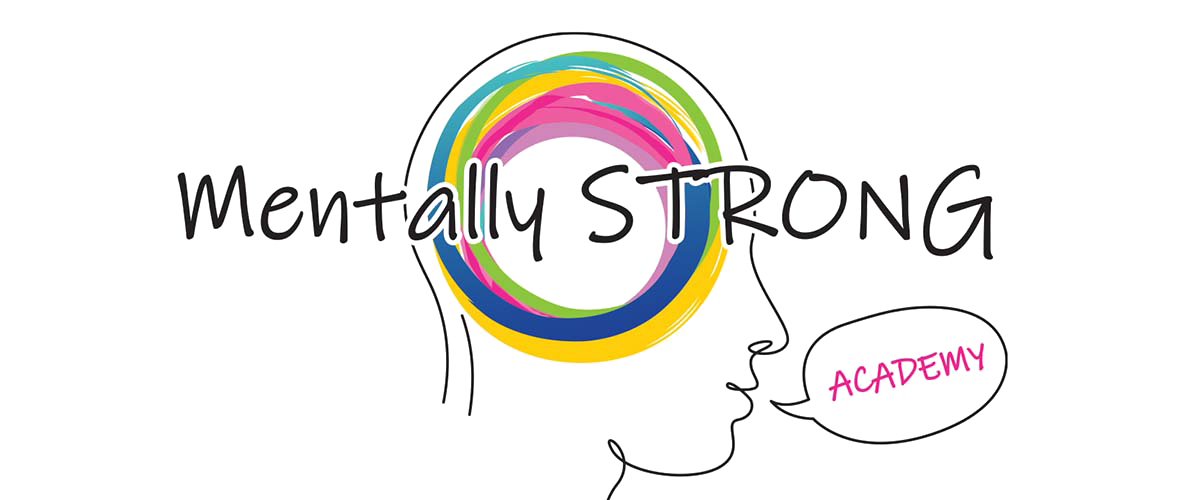No One is Going to Rescue You
As I sit here on the two-year anniversary of my daughter’s passing, a painful truth echoes in my mind: no one is going to rescue us from our pain. This realization, as harsh as it sounds, is a cornerstone of my journey and my teachings.

The Illusion of Rescue
We grow up with stories where heroes save the day, where pain is temporary and always relieved by someone or something. This narrative deeply influenced my expectations from life, from others, and from God. I believed, like many, that a higher power, a loving entity, should alleviate our sufferings. After all, isn’t that what a protective, loving presence should do?
My Personal Struggle with Pain and Loss
My life hasn’t been a series of happy endings. I’ve lost three children over 17 years, and my husband is currently on hospice. Each loss brought its own intense grief, compounded by the unfulfilled expectation of being rescued from this pain. Prayer, meditation, manifestation, even the best medical and alternative treatments – nothing could shield me from these losses.
Separating Trauma from Grief
My journey through grief took a turn on the morning of my daughter Miah’s death. That day was not just about grief; it was about trauma. I’ve learned it’s essential to differentiate the two. Trauma, unlike grief, needs to be let go of, while grief must be embraced and processed.
Comfortable in Your Story
I encourage everyone to write down their story. It’s a practice I call ‘Comfortable in Your Story.’ By putting our experiences on paper, we confront and accept them. It’s a hard process, and it doesn’t imply that we’re handling everything perfectly. For instance, I still grapple with the notion that someone should save me from my pain, a feeling deeply rooted in my personal history.
The Mentally STRONG Method
I’ve always advocated for what I call the Mentally Strong Method. It emphasizes the importance of separating external support from the inner work needed for healing. Support systems are invaluable, but they are not saviors; they are facilitators on our path to self-healing.
Three Steps to Self-Rescue
- Know Yourself: Understand who you are at your core.
- Like Yourself: Develop a fondness for your true self, imperfections and all.
- Love Yourself: Embrace and love yourself, even amidst the intensity of your story.
Conclusion
The journey through pain and grief is deeply personal and often lonely. But through understanding, accepting, and loving ourselves, we can embark on a path of healing that is both empowering and transformative. No one can rescue us from our pain, but we can learn to navigate it with strength, grace, and self-compassion.


